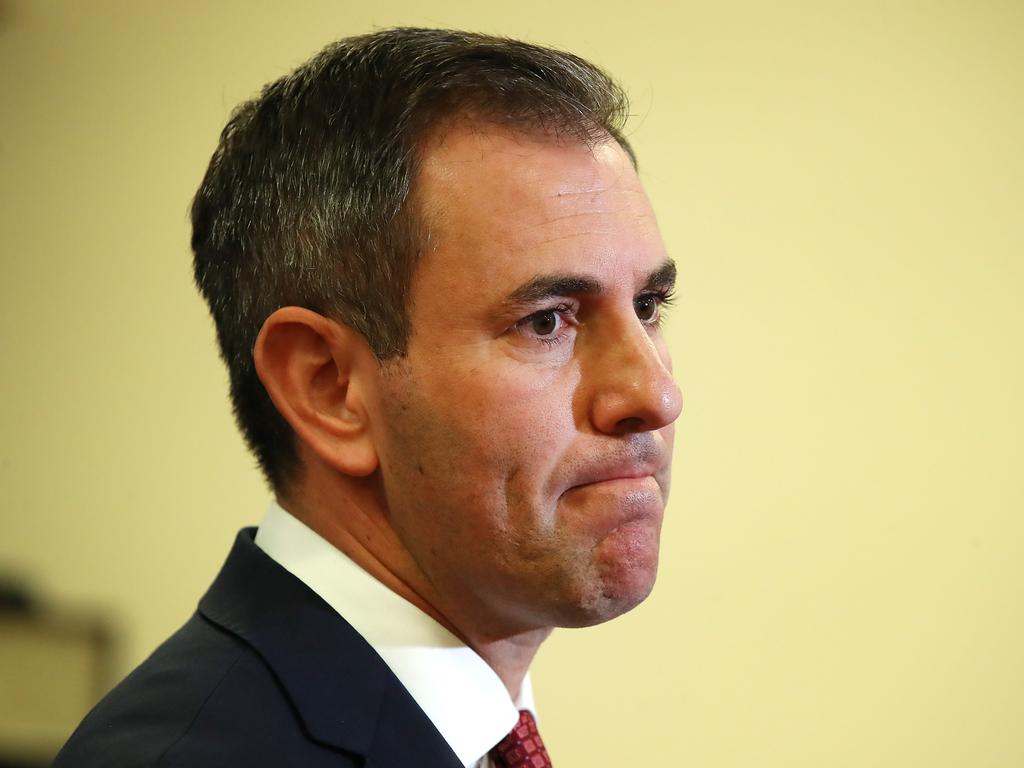‘Aussies can cope with rate rise pain’: Reserve Bank
The Reserve Bank has indicated it can continue to aggressively raise rates without pushing the vast bulk of borrowers to the wall.

The Reserve Bank has indicated it can continue to aggressively raise rates without pushing the vast bulk of borrowers to the wall, despite RBA analysis showing three in 10 mortgage holders will pay 40 per cent more to service their loans if rates rise to 3 per cent.
Australians took advantage of the cheapest loans in history and borrowed big through the pandemic, driving household debt levels to new highs and raising concerns that climbing borrowing costs would trigger widespread mortgage stress.
But in a speech on Tuesday, RBA deputy governor Michele Bullock said “as a whole, households are in a fairly good position” to withstand more rate hikes.
The country’s second-most senior central banker said a large proportion of $260bn in additional savings accumulated through the pandemic would provide a significant buffer against higher interest costs for many Australian families.
Half of owner-occupier (rather than investor) households with variable rate mortgages were two years ahead on their repayments, she said.
“The sector as a whole has large liquidity buffers, most households have substantial equity in their housing assets, and lending standards in recent years have been more prudent and have built in larger buffers for interest rate increases,” Ms Bullock said.

“Much of the debt is held by high-income households that have the ability to service their debt and many borrowers are already making repayments well above what is required. Furthermore, those on very low fixed-rate loans have some time to prepare themselves for higher interest rates.”
Ms Bullock’s speech was delivered after minutes from the RBA’s July 5 board meeting – at which the key cash rate target was lifted by 0.5 percentage points – revealed the central bank was grappling with how households would respond to more rate hikes over coming months.
As ANZ on Tuesday predicted the RBA’s key cash rate target could jump from 1.35 per cent now to 3.35 per cent by November, Ms Bullock warned the impact of climbing borrowing costs on mortgage holders would be “varied”.
She said those who had borrowed more recently and at their limits to buy into a hot Covid-19 property market were most vulnerable, including an unusually large cohort of first-home buyers, many of whom were lured into taking on oversized loans by the promise of years of low rates and government incentives.
An explosion of interest in fixed-rate mortgages during the health crisis also threatened a “large” step-up in repayments once those borrowers switched back to more expensive variable loans over the next two years, Ms Bullock said.
The RBA’s scenario analysis suggested half of fixed-rate borrowers would see their repayments increase by more than 40 per cent when the term ended, and that a quarter of borrowers rolling off fixed-rate loans around mid-2023 would be paying $1000 more each month.
Central banks around the world are trying to tread what RBA governor Philip Lowe has dubbed a “narrow path” of taming runaway inflation via aggressive rate hikes, without sending economies into recession.
Most analysts anticipate the cash rate target will finish the year at about 2.6 per cent.
But on Tuesday ANZ head of Australian economics David Plank predicted the RBA would deliver 0.5 percentage point hikes at each of its next four board meetings.
“We think the RBA will take the cash rate target to a restrictive setting of above 3 per cent by late 2022, more than 12 months earlier than our previous forecast,” Mr Plank said.
“This reflects the strong momentum in the labour market and the clear upside risks to inflation.
“We don’t think the RBA will be comfortable with policy merely getting to neutral by year-end given this backdrop.”
The RBA minutes on Tuesday noted that mortgage debt was now three times higher than in the early 1990s, when the central bank last raised rates as aggressively.
Monetary policymakers were unsure how high rates would need to go before monetary policy was no longer stimulatory.
But the minutes showed the board concluded that “the current level of the cash rate is well below the lower range of estimates for the nominal neutral rate”, paving the way for more hikes in coming meetings.
The neutral rate is the “real” – or inflation-adjusted – policy rate that is neither expansionary nor contractionary, and is one benchmark for assessing the stance of monetary policy, the RBA said.
“The level of interest rates was still very low for an economy with a tight labour market and facing a period of higher inflation. Members viewed it as important that inflation expectations remained well anchored and that the period of higher inflation be temporary,” the minutes read.
“Members agreed that further steps would need to be taken to normalise monetary conditions in Australia over the months ahead.”
Economists anticipate a further 0.5-percentage-point rate rise when the RBA board next meets on August 2.
Unemployment plunged to 3.5 per cent in June, and UBS on Tuesday predicted next Wednesday’s consumer price data from the ABS would show annual inflation accelerated from 5.1 per cent in March to 6.2 per cent in June, thanks to climbing petrol, food, housing construction and rent prices.
UBS economist George Tharenou said he expected inflation would peak at 7.5 per cent by the end of this year, before declining sharply to about 3 per cent over the next 12 months – a view similar to the RBA’s.
Jim Chalmers this week warned that his economic update to parliament on July 28 would include a “confronting” set of updated forecasts pointing to higher inflation, lower real wages and slower growth.







To join the conversation, please log in. Don't have an account? Register
Join the conversation, you are commenting as Logout